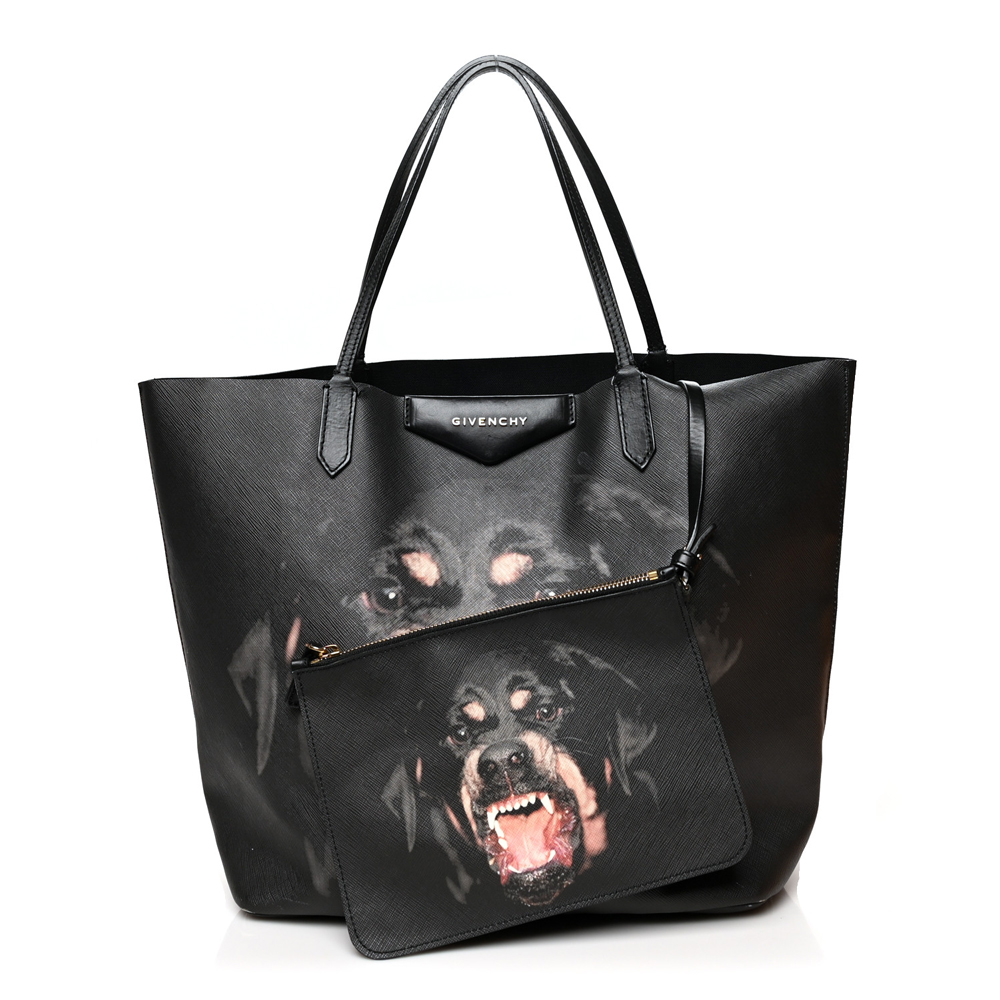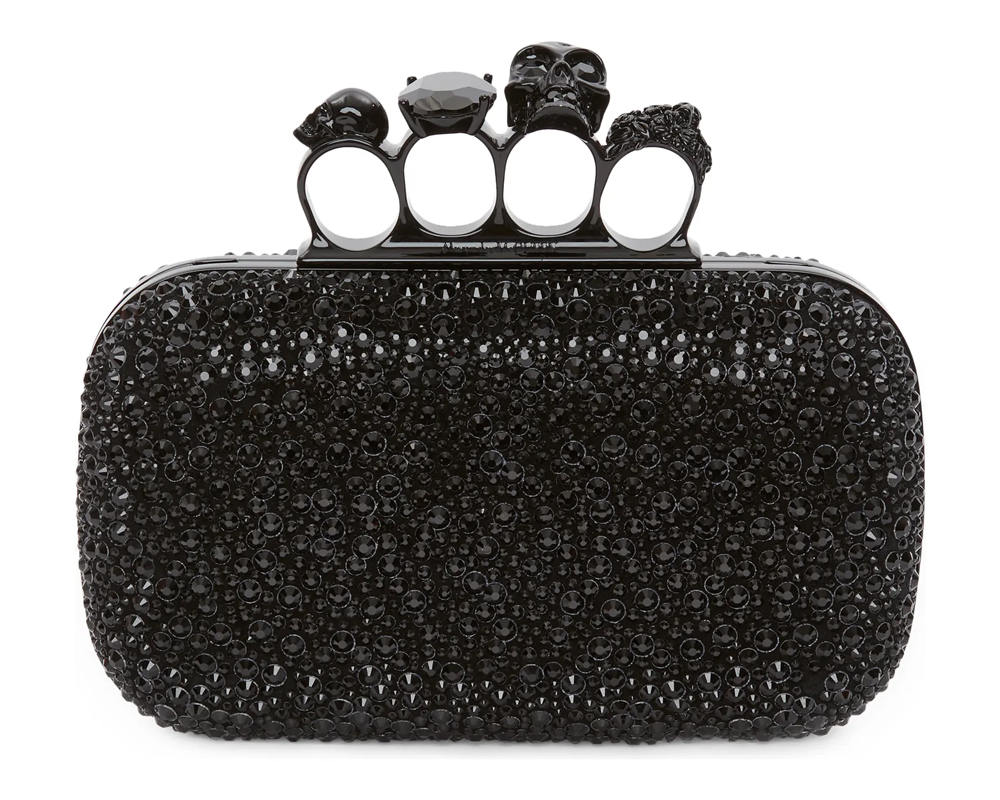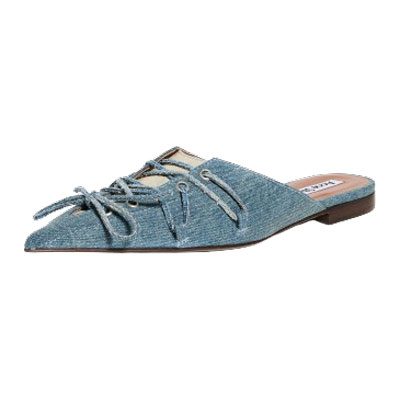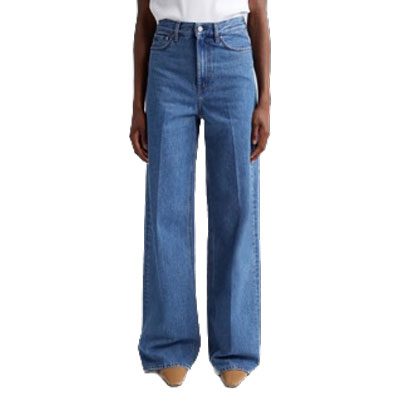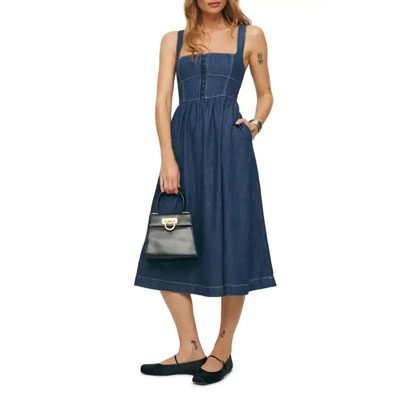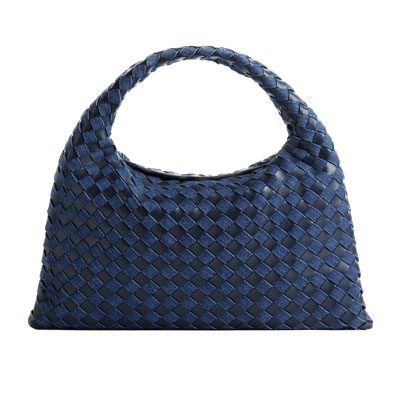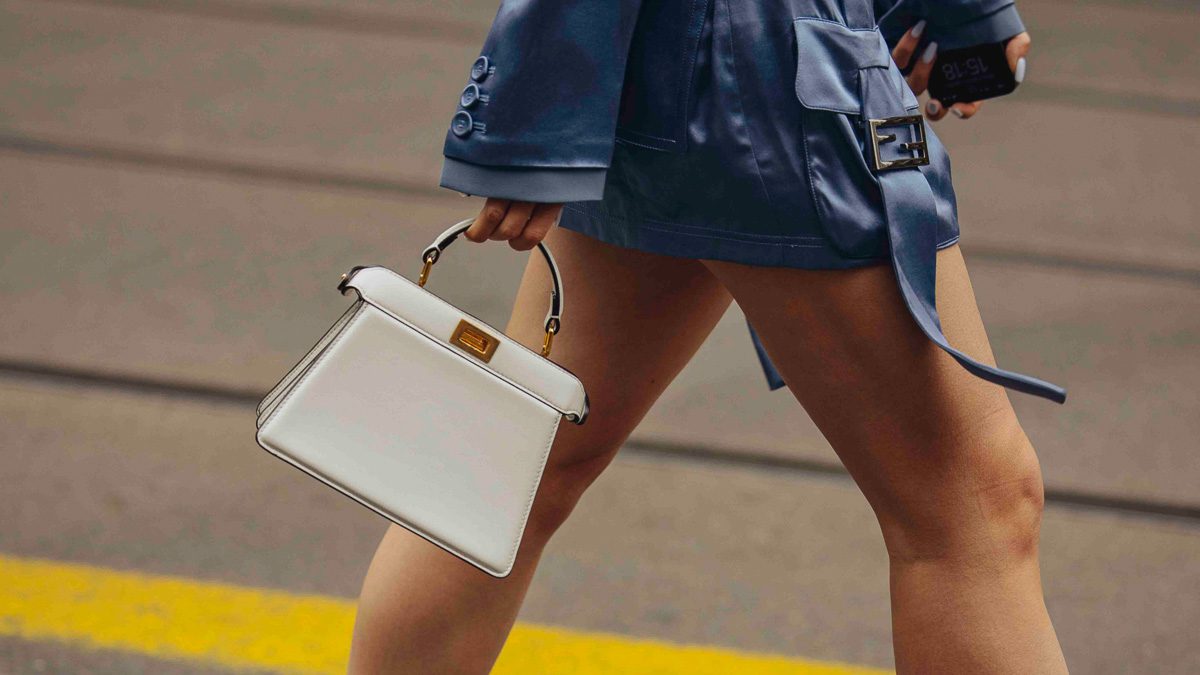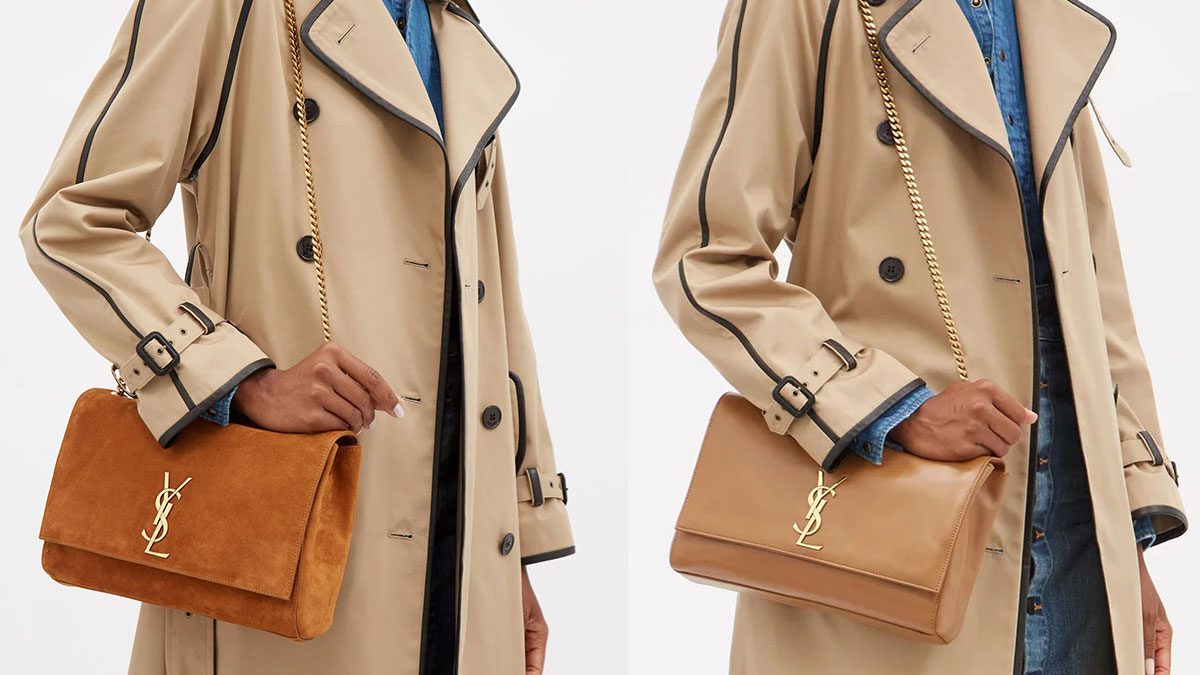Not every day, a moment in fashion history breaks the Internet.
Starting with Jennifer Lopez’s green Versace dress (accredited with the creation of Google Images) to Lady Gaga’s meat dress at the 2010 MTV Video Music Awards (that still has the vegans flinching), some of these landmarks of style have been truly iconic, others merely whimsical (and sometimes baffling) at best.
But arguably, one of the most singularly spectacular moments that will be immortalized in fashion history was when Bella Hadid was sprayed-painted-on with an actual dress at the Spring-Summer 2023 show of the now-highly controversial brand, Coperni. Clearly, aerosol dresses are the new chic.
It’s moments like these that have me wondering how far we have ventured beyond the alleged “normal” in the fashion world to warrant the conception of what are essentially “canned dresses.” I’m sure the same was said of whipped cream back when it was first made in spray cans. And now look at us jetting the foamy goodness straight into our mouths (wait, don’t you guys feast on whipped cream like that?)
Plus, it probably won’t be too long before supermarkets have cans of ready-to-wear alongside cans of hairspray on adjacent shelves. Perhaps you might fancy grabbing yourself some inflatable shoes and purses at the checkout counter too? After all, Loewe is already leading the way with dresses and heels with balloon-like contraptions; blow-up accessories are clearly meant to be the next big thing!
As you can guess, I’ve spent an inordinate amount of time wondering what crazy gimmick are we to expect next from fashion that’ll leave us all in a state of shock and, at the least, the brands would hope, in a frenzy to spill our respective earnings on. Merriam-Webster defines shock value as “the usefulness (of something) to surprise and usually upset people,” which has long been an integral part of the runway. However, our perceptions of what results in said shock have certainly evolved, some would say, taking a turn for the bizarre.
So, is it something that truly sells? Does it have any real purpose aside from simply initiating conversation? Let’s dig deeper.
The Origins of Shock Fashion
The fashion industry as a whole has always relied, to some degree, on creating buzz, long before the phenomenon of becoming “viral” was even coined. Back when wearing leaves was in fashion among our cave-dwelling ancestors, there was that one guy who donned an animal hide to proclaim the greatness and, well, chicness. In Victorian-era Paris, Frenchwoman Jeanne Margaine-Lacroix scandalized a horse-racing gallery – and inadvertently caused distracted men to crash their carriages – by introducing bodycon dresses with low necklines.
By the late 20th century, though, all these had pretty much become standard procedure (animal prints continue to be hot!), and a new wave of shocking designs came into play. This movement was pioneered by the likes of Vivienne Westwood, whose London store purveyed rubber fetish gear and T-shirts with other unmentionables, even facing a police raid under charges of “indecent exhibition.”
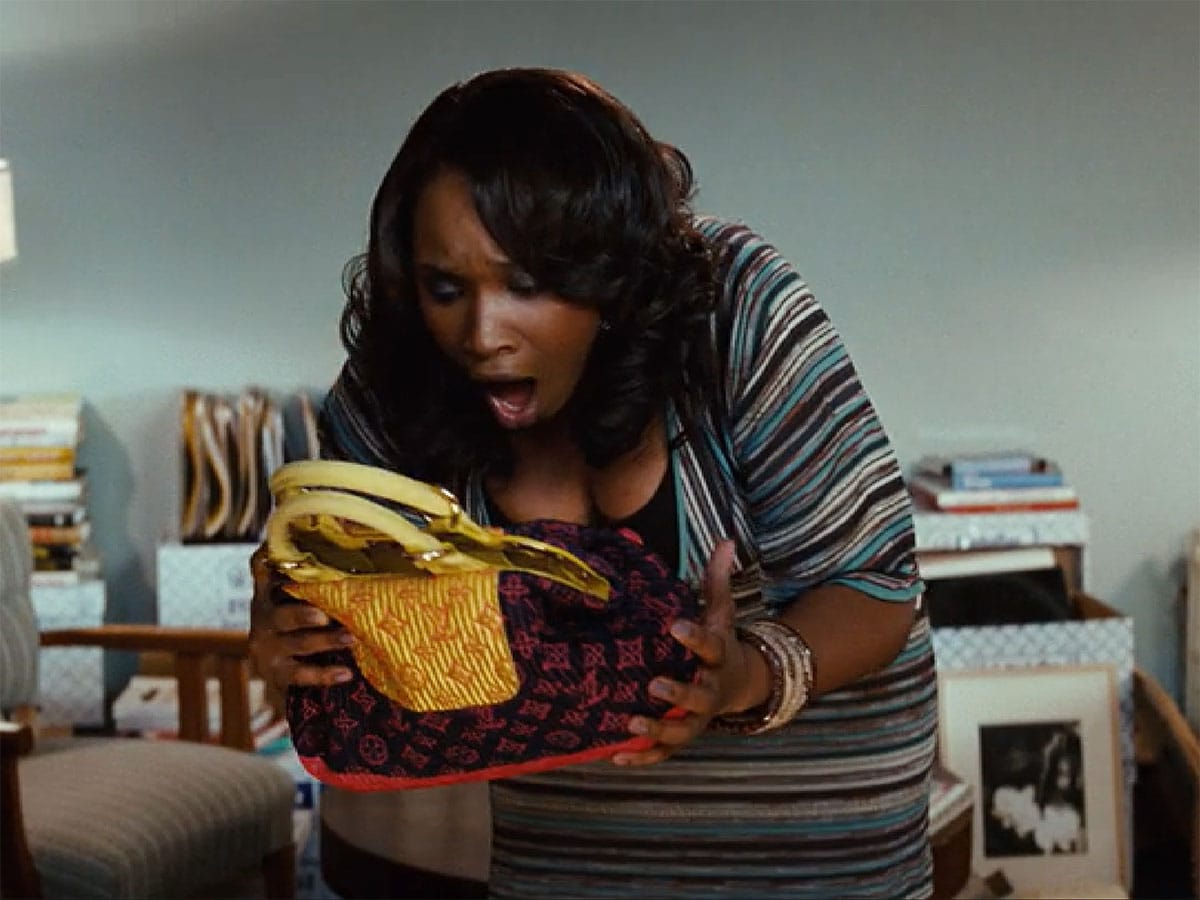
Westwood’s footsteps were followed by Rei Kawakubo of Comme des Garçons, Marc Jacobs, Alexander McQueen, and even Karl Lagerfeld, who was then the lead designer at Chanel. Each left its unique mark in fashion history. While Lagerfeld featured trompe l’oeil rips on Chanel jackets, Kawakubo’s distressed pieces reportedly denied a wearer entrance to the Ritz Hotel in Paris! Marc Jacobs, on the other hand, is widely credited with creating the fashionably dilapidated “grunge aesthetic” of the 90s. And I’m sure most of us have witnessed (and been vaguely creeped out by) the generous display of backsides that came with McQueen’s R-rated bumster jeans.
This shift wasn’t limited to ready-to-wear only: Elizabeth Hurley’s gasp-inducing Versace safety-pin dress at the premiere of Four Weddings and a Funeral also brought couture into the picture. But by the time the early 2000s rolled around, distressed-punk clothing no longer possessed the shock value they were associated with in the preceding decades. At the same time, the need for attention-grabbing maneuvers was higher than ever, thanks, in no small part, to the proliferation of tabloids.
This signaled a shift towards accessories that spoke louder than words (and sometimes the entire outfits). And by accessories, of course, I’m talking about handbags, some of which continue to appear in the nightmares of fashionistas even today.
*Ahem… Louis Vuitton Motard Firebird*
The Handbags That Still Haunt Us in Our Sleep
Armed with the newfound knowledge of churning out shock-inducing handbags, the designers of the era began experimenting with anything and everything to make their purses desirable.
Led by the likes of John Galliano of Dior and Silvia Venturini Fendi of Fendi, some of their bestsellers, like the Saddle bag and the Baguette, respectively, became blank canvases for handsome sprinklings of prints, colors, exotics, rhinestones, fringes, sequins, and countless more embellishments – you name it, they’ve got it.
But we’ve spoken extensively on the subject of handbags of the Y2K on previous occasions. While they certainly were shocking in terms of their sheer maximalism, they weren’t nearly as divisive as many of the other purses we’ve seen in subsequent years. Therefore, let me take you through a short (and for some, agonizing) journey of some of the most controversially shocking purses we’ve come to witness in the last twenty years.
The Givenchy Rottweiler Collection
While I was on my recent foray into the resale market for the perfect tote, I found myself a Givenchy Madonna-printed Antigona Tote. And if you thought that was controversial, you probably haven’t seen the Rottweiler collection. Available in a tote, clutch, and backpack version (despite my general aversion to the silhouette, I find myself drawn to the latter), the Rottweiler line drew immense criticism but immediately sold out without fail every time it was stocked.
A favorite among celebs, New Yorkers, and a certain segment of “fierce fashionistas,” PurseBlogger Amanda described the Rottie’s fan base as “Part of you does not mind (and maybe enjoys, just a little bit) scaring small children,” and I cannot stop giggling.
The Alexander McQueen Skull Four-Ring Clutch
Another example of fierce fashion (that you can double as those brass knuckle weapons if push comes to shove), the Alexander McQueen’s Skull Four Ring Clutch remains one of the brand’s top-selling accessories and a significant part of its permanent collection. Tracing its roots to McQueen’s beginnings with bondage-inspired collections, these clutches didn’t generate as much controversy as one would’ve supposed, but they have managed to quietly make their way onto most celebrity red-carpet sightings, and I can only imagine the sense of reassurance that comes with carrying a weapon cleverly-disguised as a purses.
Gucci’s Mickey Mouse Head
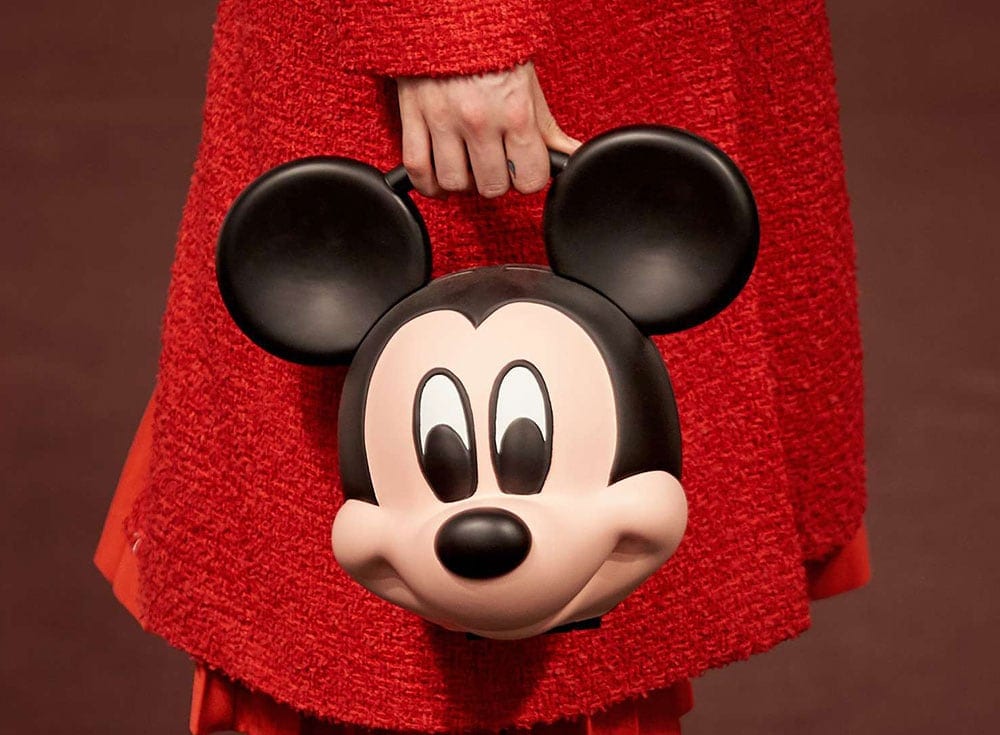
Alessandro Michele is one of the modern visionaries of the fashion world spearheading the shocking fashion movement, and while most of his purses are, by general standards, “sensible”, his life-sized de-bodied Mickey Mouse Head Bag from the Spring 2019 collection, launched in celebration of Mickey’s 90th anniversary (and with a $4,500 price tag attached), quite literally spooked onlookers, regardless of whether they were lovers of the cartoon character or not.
But the grotesque-heads-theme wasn’t new for Michele – in the brand’s Fall 2018 fashion show in Milan, models were sent down the runway carrying literal replicas of their own heads. Thankfully though, these weren’t purses…
Pretty Much Everything Demna Gvaslia for Balenciaga
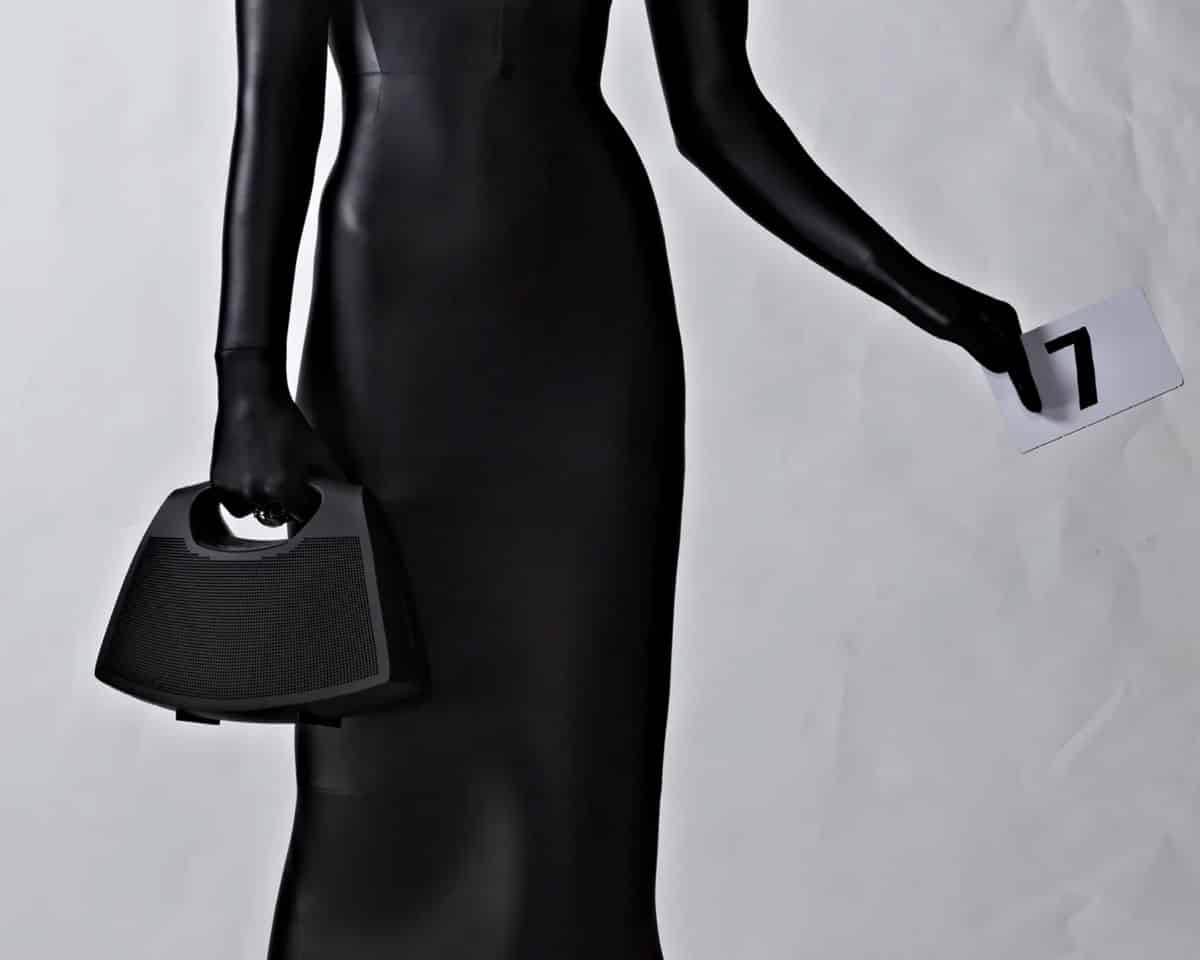
The other visionary of freaky fashion in the world of luxuries is none other than Demna Gvaslia of Balenciaga. Whether it be his luxe lambskin totes that are near-verbatim representations of plastic IKEA shoppers and actual trash bags, the not-so-subtle Balenciaga Lay’s Chips packets, or even a purse fitted with a real speaker (just in case your gym’s sound-system goes bust), there are very few designers who execute shock value as outlandishly as Gvaslia.
There are, however, plenty of other designers whose designs deserve mention as fine specimens of shock value in fashion. Daniel Roseberry’s Face Bag and Abs Tote are as grotesque as they are edgy, reminiscent of ancient gold art-efacts that are unnerving. Moschino and Judith Leiber, on the other hand, have created an entire niche for themselves with their novelty-style bags: some like juice boxes, others like cakes, and still more shaped like hamburgers and asparagus!
What’s the Point?
Shock value, by its very definition, is meant to be disturbing. Therefore, whether it be semi-blasphemous pieces like those by Our Lord & Savior or Ricardo Tisci’s Givenchy, or the highly meme-worthy but entirely impractical offerings Balenciaga and Coperni are putting forth (possibly as trick questions to society as a whole), we’re going to be hearing some pretty strong opinions flying around as far as these are involved.
Regardless, if these are for sale (the Balenciaga Speaker bag is not, for example), there will be buyers for them. Some prefer these pieces as outlets of individual expression, some as ironic nods to the seriousness of the fashion industry (fashion is meant to be fun, after all). At the same time, some may simply buy and use them solely to make a statement and, thus, stand out from the crowd. Just like there’s no right or wrong regarding our outfit preferences, there are also no clear demarcations of whether a purse is truly offensive.
Some lie at the intersection of fashion, culture, and art, like Givenchy’s printed Rottweiler collection (you can guess how enamored I am with these). Others, like the Schiaparelli gold-ornamented face bag (its official name is the Anatomy Jewelry bag), will draw admiration from onlookers. Yet others will send people into a moral panic, and that’s fine too.
But shock value is often said to be a fast-burn trick: it’ll engage viewers for short spans of time, only for them to move on to the next buzzy thing. And this isn’t entirely untrue. Just like highly-embellished purses risk looking dated or fun, novelty purses whose joke eventually wears thin, what may start off as shocking isn’t likely to remain such a few seasons later, as other brands will undoubtedly try to outdo it. Just look at the once-scandalously-ripped, safety pin-pierced tees of the 90s – are they really so out-of-place anymore? Even low-rise jeans and skirts – things millennials thought they’d safely left behind – have stayed around, although they remain as divisive as ever.
It is, however, the need for shock value that endures. In today’s fashion world, where we’ve arguably “seen it all,” there are precious few things that’ll have us sit up and take notice. And shocking pieces like luxury “trash bags” drive social media engagement and force users to check the brands out, ultimately settling on the brand’s more mainstream purses. In the internet age, simply getting people to talk has become the primary challenge for brands. For buyers trying to differentiate themselves from a crowd of logo-toting shoppers, shock value could just be the jolt of individuality they need!

